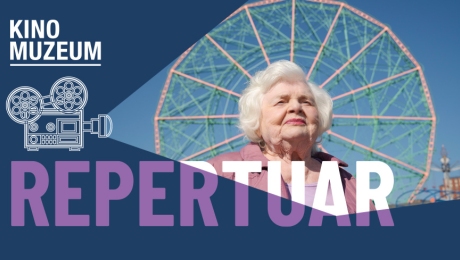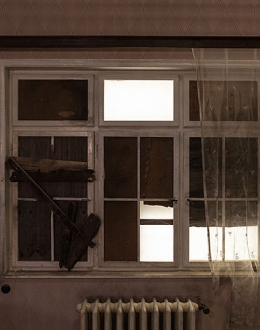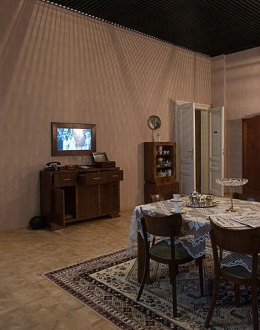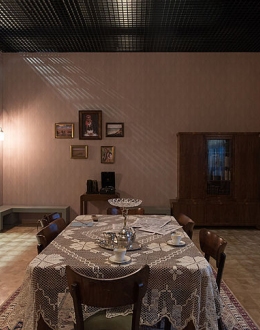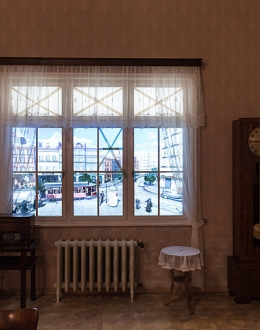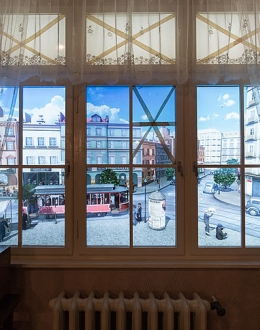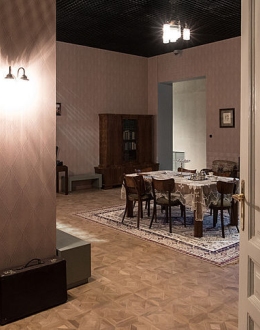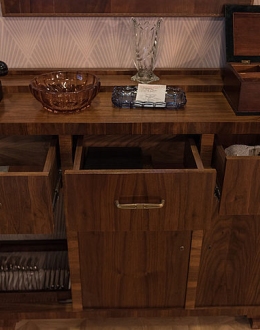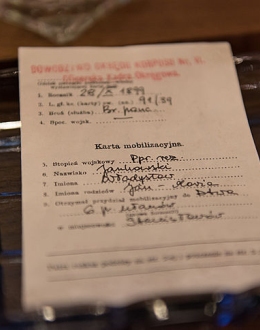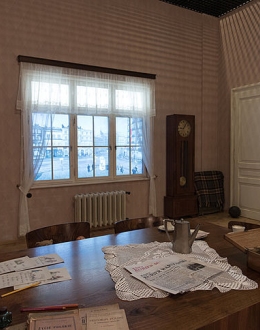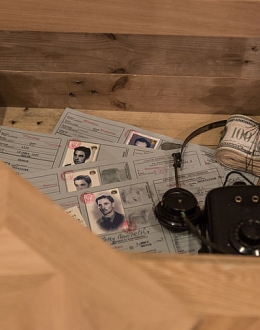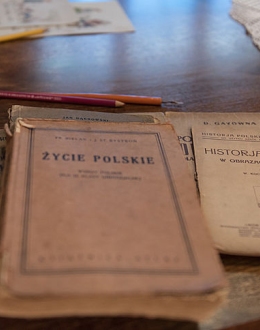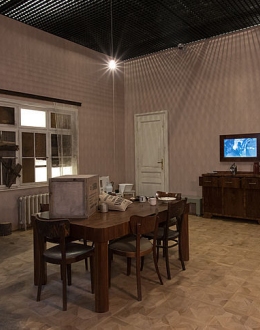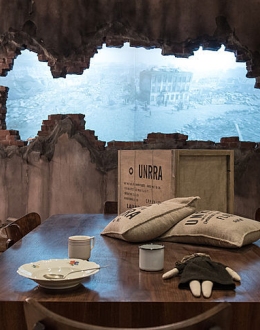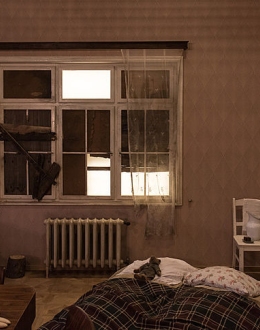Exhibition for children ‘Time travel’
It is a reconstruction of a flat of a Warsaw family during three periods: on 5 September 1939 — several days after the outbreak of the Second World War, 15 March 1943 — during the German occupation, and 8 May 1945 — immediately after its end. These interiors reconstruct the living conditions of the Polish intelligentsia family from Warsaw. The changing elements of the interior design reflect the changing political, social, and economic situation in the occupied and fighting country.
They make the visitors aware of the gradually worsening living conditions, such as, the shortages of necessities and the restrictions imposed by the occupier, and the ways of dealing with those difficulties. The exposition focuses on presenting the stances of the family members, describing their engagement in the anti-German underground and civil forms of resistance, including clandestine education. Another important thread in the narration is the fate of the Jewish population, presented with the example of the fate of the family’s pre-war neighbours. The visitors travel through the occupation years with the Jankowski family of five. The story was constructed with the use of elements typical of wartime biographies of Polish intellectuals.









